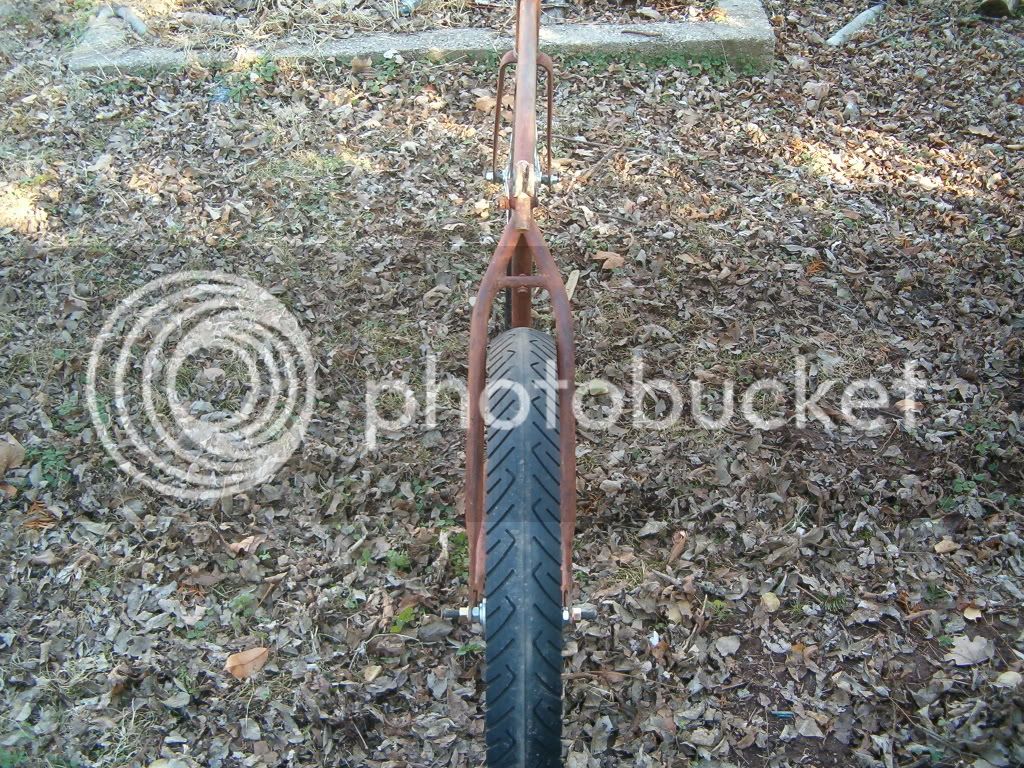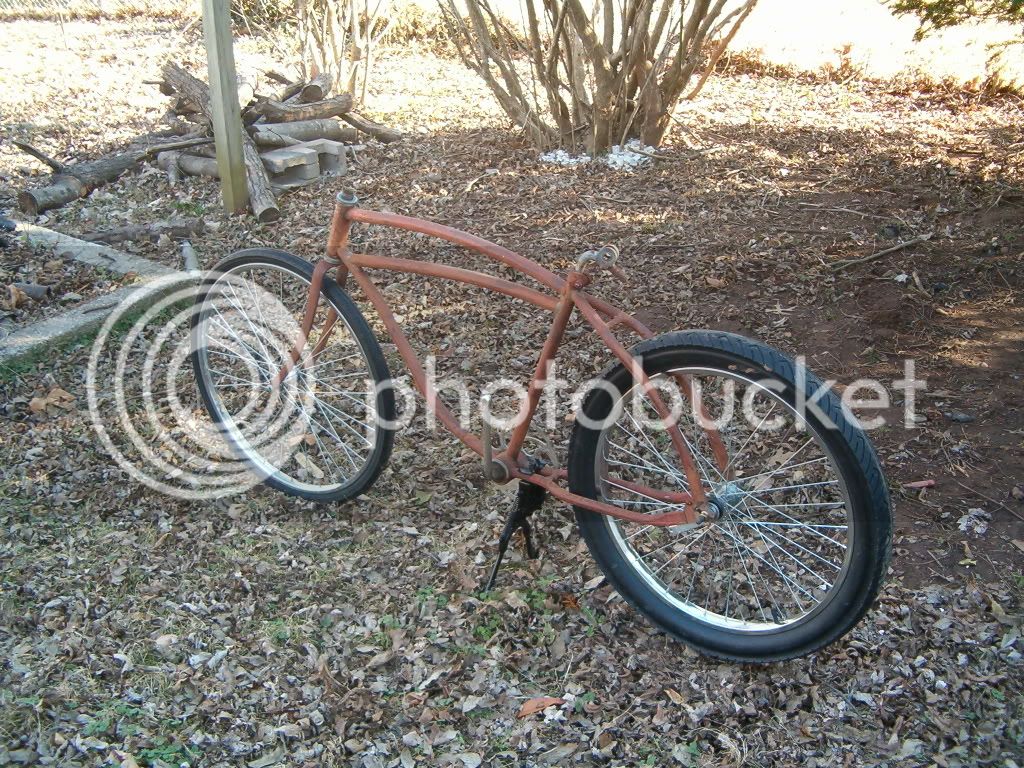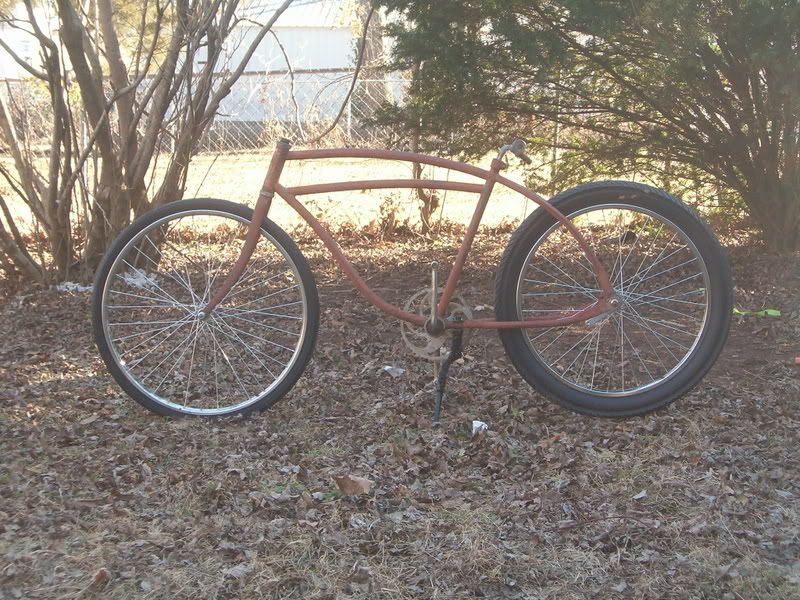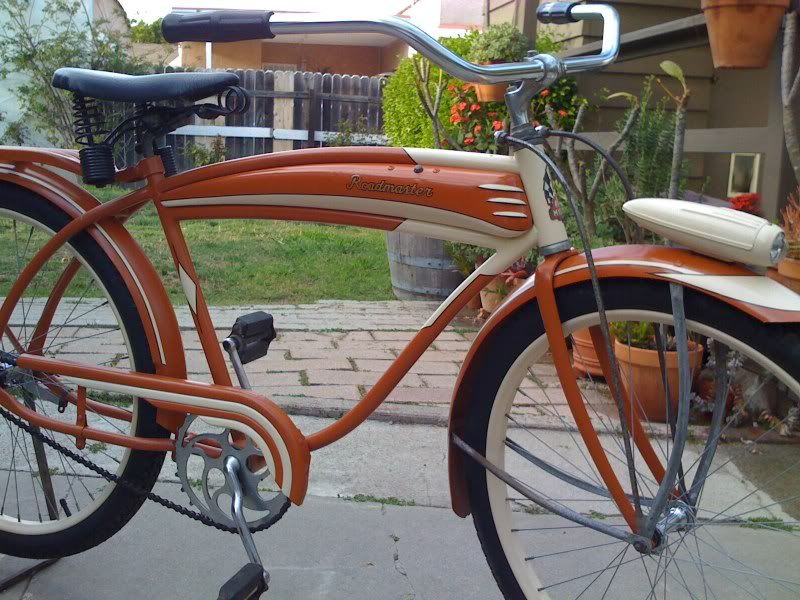Hi, I’ve posted most of this both here and on the CABE to clarify my earlier post here and rto espond there.
First, thanks for posting your serial number. Each number helps pin down exactly when changes in production and design were instituted at Cleveland Welding.
The serial number H10301 equates to the end of the first series of postwar 3-Gill frames. The earliest postwar frame cataloged so far is an “E” serial number and postwar “J” serial numbers are the beginning of the second series frames which differ in having a deeper curved down tube and an ovalized hole in the dropout for the chain guard bolt.
Your bike is very little different from the last 3-Gill (named for the tank they use) frames built in 1942 before WW2. What is different is the lack of integral tabs on the rear dropouts which were used as stops for the drop stand and the way the dropouts are welded to the frame. Prewar dropouts have a weld bead around the interface of the stay ends and the drop, postwar frames have no visible weld at this interface. The pictures you posted are of a 41 3-Gill (the orange/cream bike) and a 24” juvenile model that is no earlier than 1949 (the red/white bike)
It is easy to get a lot of expert opinions from collectors and from various sites on the internet. (Indeed, here you are getting mine!) Many sites give approximate dates, rely on the owner’s opinion or guess based on the knowledge they have available at the time. The reason I have been collecting serial numbers and studying the changes in design is to raise the bar with regard to dating CWC products. I have yet to catalog enough numbers to be definitive about dates to better than about a half year plus or minus in most cases but I have confidence that your bike is postwar and likely built in mid to late 1946.
Phil













